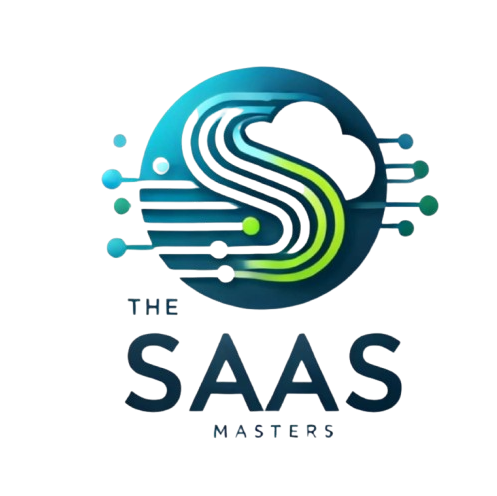What are you Looking for?
Select Sidearea
Populate the sidearea with useful widgets. It’s simple to add images, categories, latest post, social media icon links, tag clouds, and more.
Contact info
-
P: Phone:
-
E: Email:
-
A: Address:
White Label SaaS Development: How to Scale Without Writing a Line of Code
- Home
- Blog
- Agency Growth
- White Label SaaS Development: How to Scale Without Writing a Line of Code
White Label SaaS Development: How to Scale Without Writing a Line of Code
You’ve got clients. You’ve got demand. What you don’t have is time to manage a dev team or build a product from scratch. That’s where white label SaaS development comes in — and when it’s done right, it’s the fastest way to scale your revenue without scaling your workload.
Whether you’re an agency, a niche consultant, or a founder with a network — white labeling lets you sell software under your own brand while someone else builds and maintains the platform behind the scenes.
But it only works if you understand how it’s structured — and how to avoid becoming tech support for something you didn’t build.
What Is White Label SaaS Development?
It’s simple:
You bring the audience, brand, and sales process.
We (or your dev team) build and maintain the product under your name.
You own the customer relationship — and set the pricing.
Your clients think it’s your platform. They don’t need to know (or care) that someone else built it. You get:
- Full branding control (logo, domain, dashboard UI)
- Private-label billing portals
- Admin access, user management, and client reporting
It’s not just resale — it’s real SaaS ownership, without the tech overhead.
Who Is White Labeling Right For?
This model works best for:
- Marketing agencies who want to offer client dashboards, lead tracking, reporting, or AI tools
- Niche consultants (real estate, fitness, legal, etc.) who want to productize a workflow
- VC-backed startups that need a branded portal or onboarding platform fast
- Entrepreneurs running Facebook groups, communities, or newsletter audiences
If you already have distribution, white labeling lets you skip years of development and go straight to selling.
What a Good White Label Build Includes
From a technical standpoint, you’ll need:
- Role-based access control (so your clients can manage their users)
- Multi-tenant architecture (so every client sees their own data)
- Configurable branding (logo, colors, domain routing)
- Private admin tools for your own ops team
- Optional: Stripe Connect or reseller billing integrations
At The SaaS Masters, we structure these using:
- React.js or Next.js frontend
- Node.js + PostgreSQL backend
- AWS or Firebase hosting
- Stripe, Paddle, or LemonSqueezy for embedded billing
- White-labeled domain routing via Cloudflare or Route 53
How to Price It (and Keep the Margins Clean)
You’re not just reselling — you’re bundling value.
We’ve seen white label partners charge:
- $99–$299/mo for solo consultants
- $499–$999/mo for agencies with teams
- $5K–$25K+ for setup and onboarding
The trick is to package the SaaS into your existing service offering so clients don’t even question it. Think: “Done-for-you analytics platform” or “Client growth dashboard” — not “software.”
What to Avoid
🚫 Don’t try to white label a tool that can’t be customized.
🚫 Don’t expect to “set it and forget it” — your clients still need support.
🚫 Don’t overpromise features that don’t exist yet.
And most importantly: work with a dev partner who understands your business model — not just the codebase.
Final Thought
White label SaaS development isn’t about shortcuts — it’s about leverage. If you’ve already earned trust from your audience, you don’t need to reinvent the wheel. You need a platform that scales with you.
That’s what we build.

